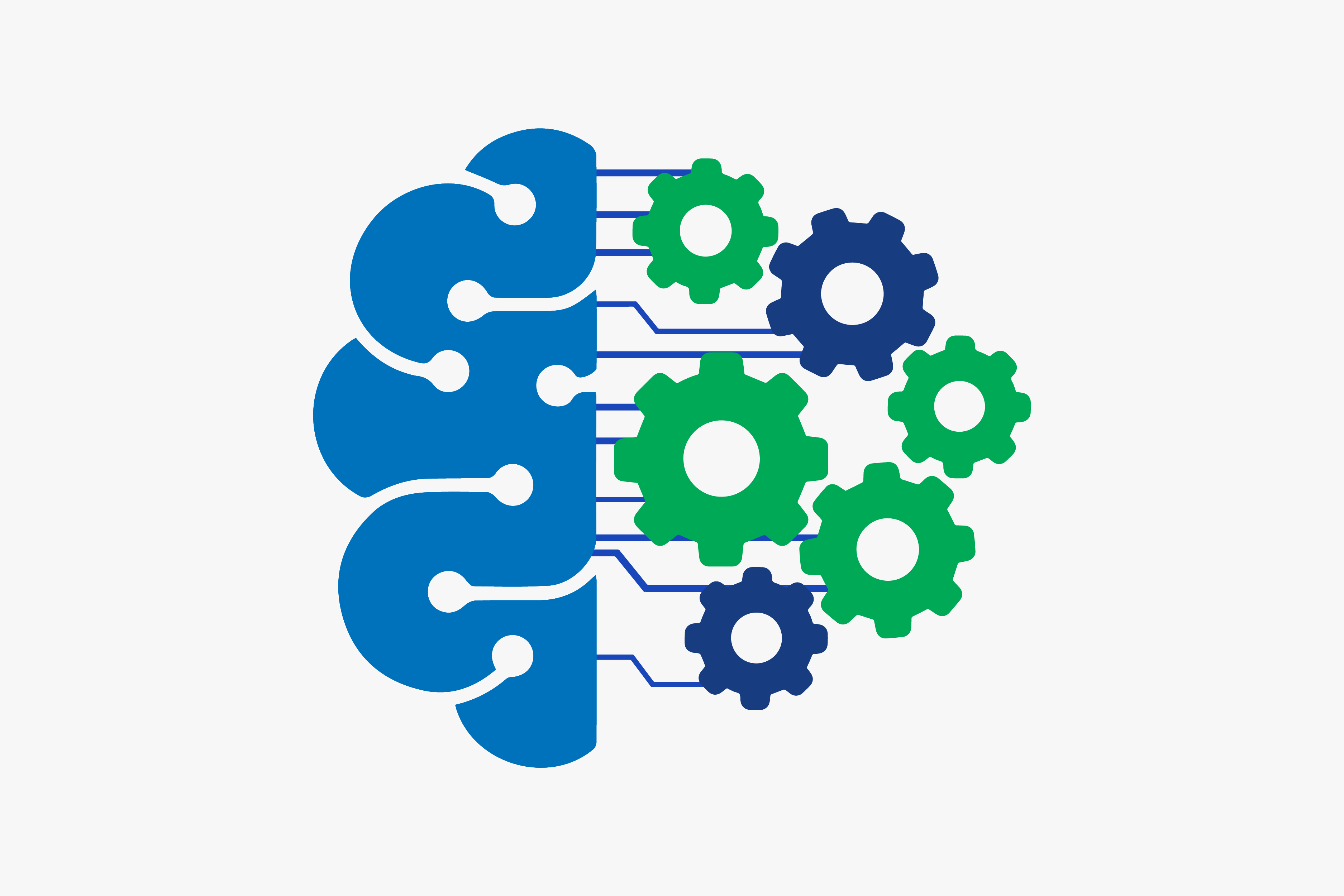Trend: Machine Learning For CSR Research
Related Articles
YEIDA | Multi Modal Transport Hub: यीडा बनेगा उत्तर भारत का सबसे बड़ा मल्टी-मॉडल ट्रांसपोर्ट और इंडस्ट्रियल हब
निवेश और रोजगार को मिलेगी नई रफ्तार
YEIDA | Multi Modal Transport Hub: उत्तर प्रदेश को देश का औद्योगिक और लॉजिस्टिक्स पावर हाउस बनाने की...
Maharashtra Municipal Election BJP Shiv Sena Seat Sharing: सीट शेयरिंग तय नहीं, लेकिन फिर भी बीजेपी ने 110 उम्मीदवारों पर लगाई मुहर
Maharashtra Municipal Corporation Election: महाराष्ट्र में आने वाले महानगर पालिका चुनाव 2026 से पहले भारतीय जनता पार्टी ने अपनी तैयारियां तेज कर दी हैं।...
Why Delivery Workers of Swiggy, Zomato and Other Platforms Plan a Nationwide Protest on December 31
As New Year’s Eve approaches, thousands of delivery workers across India are preparing to log off their apps in protest. Riders and delivery partners...


